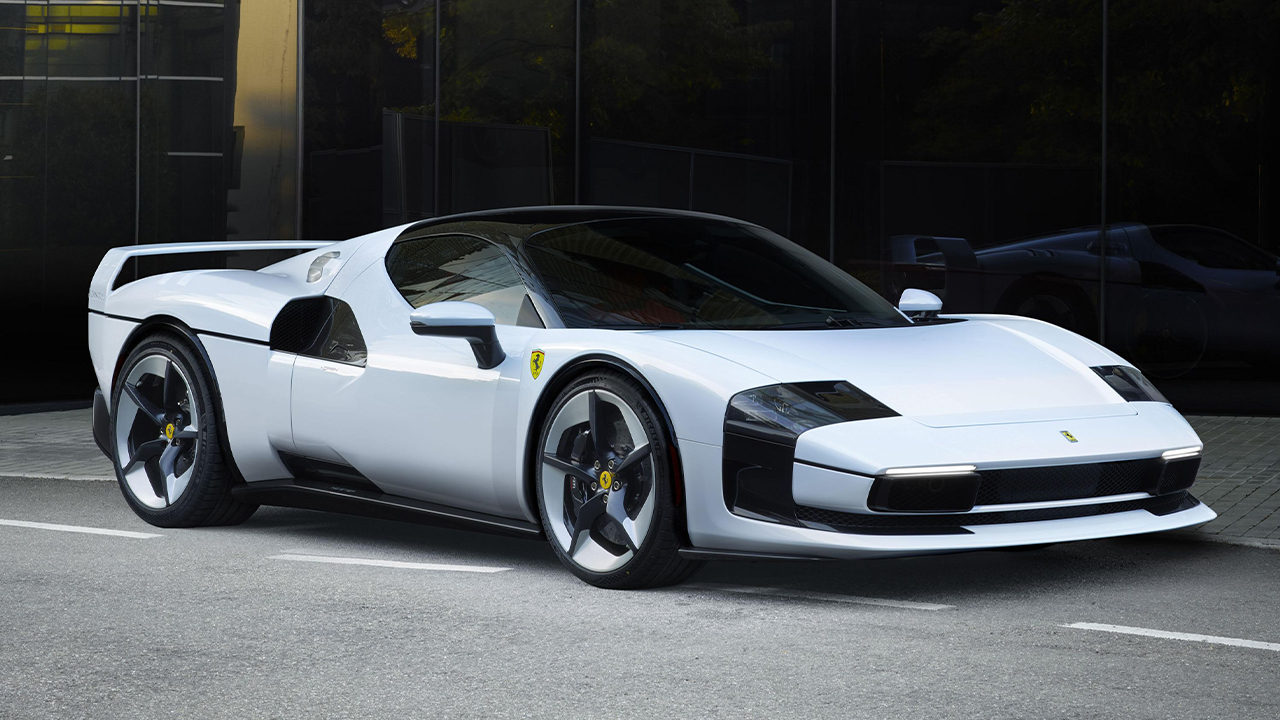
A Ferrari customer has commissioned a one-off special car inspired by the legendary F40, named SC40. The car was designed and built by the Ferrari Design Centre, and while the real car is believed to have already been delivered to its owner, a styling buck is currently on display at Ferrari’s museum in Maranello.
The SC40 is based on the Ferrari 296 GTB, retaining some recognizable elements from its donor car, such as the glasshouse, side mirrors, and taillights. The rest of the exterior has been completely redesigned. At the front, the car features square-shaped headlights that blend seamlessly into a thin lower air intake, evoking the look of the F40. However, modern safety regulations mean that pop-up headlights—a signature of the original F40—are no longer possible.
From the grille and fenders to the side air intakes and rear vents, the design team flattened and squared off the 296’s curves to echo the retro angular aesthetic of the late 1980s F40. At the rear, the SC40 sports a unique clamshell-style engine cover that integrates the rear spoiler and includes multiple ventilation openings.
The car rides on bespoke five-spoke 20-inch wheels, wrapped in Michelin tires measuring 245/35R20 at the front and 305/35R20 at the rear.
Inside, the cabin largely follows the 296 GTB layout, featuring grey Alcantara upholstery combined with red Jacquard fabric, along with SC40 logos on the dashboard and seats. The cabin also incorporates carbon-Kevlar materials throughout, including the floor, mats, dashboard trim, engine bay, and luggage area.
Under the skin, the SC40 retains the plug-in hybrid powertrain from the 296 GTB, consisting of a 3.0-liter twin-turbo V6 producing 663 hp and 740 Nm of torque, paired with an electric motor adding 165 hp and 315 Nm. Together, they deliver a combined output of 830 hp, sent through an 8-speed dual-clutch transmission. Performance is staggering — 0–100 km/h in 2.9 seconds, 0–200 km/h in 7.3 seconds, and a top speed exceeding 330 km/h.
For comparison, the original Ferrari F40 was powered by a 3.0-liter twin-turbo V8, producing 479 hp and 577 Nm, paired with a 5-speed manual gearbox. It could accelerate from 0–100 km/h in 4.1 seconds and reach a top speed of 324 km/h.
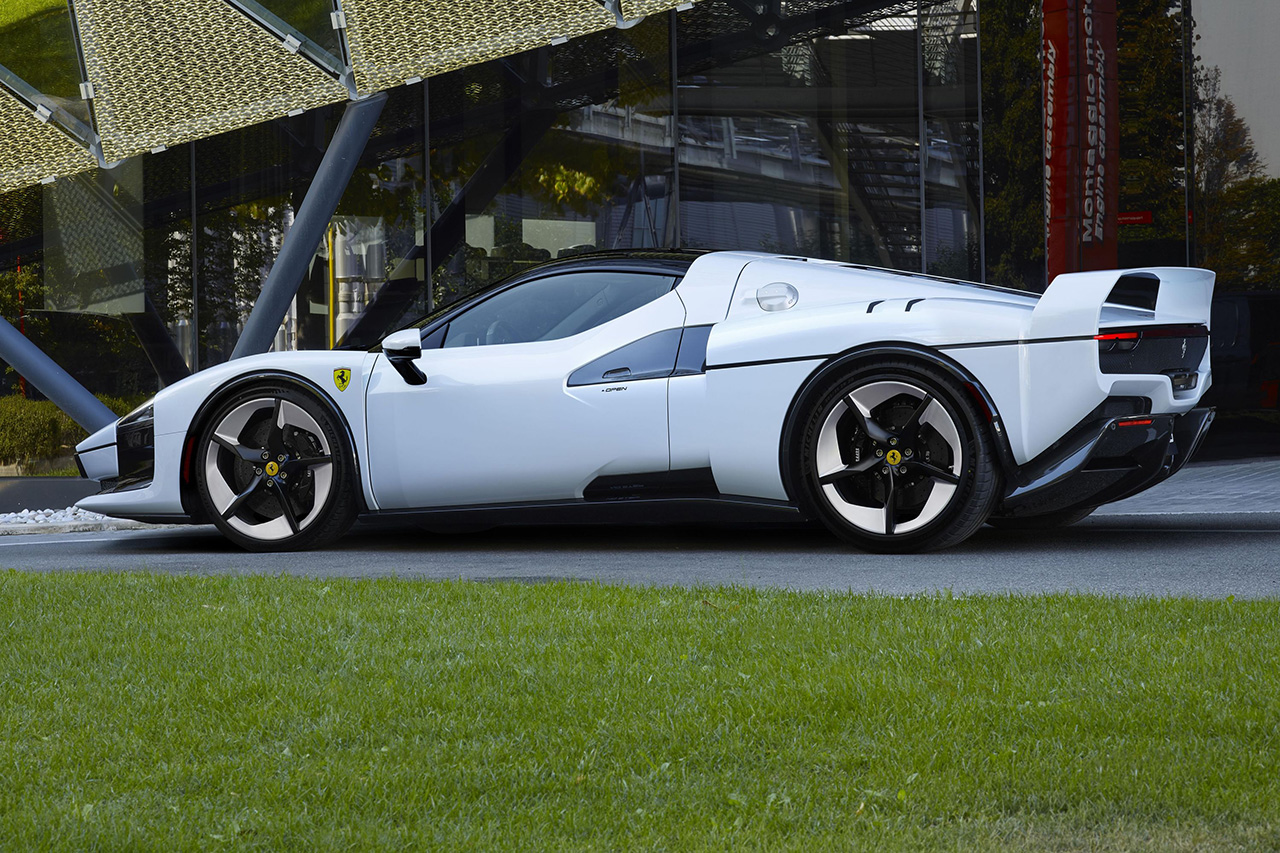
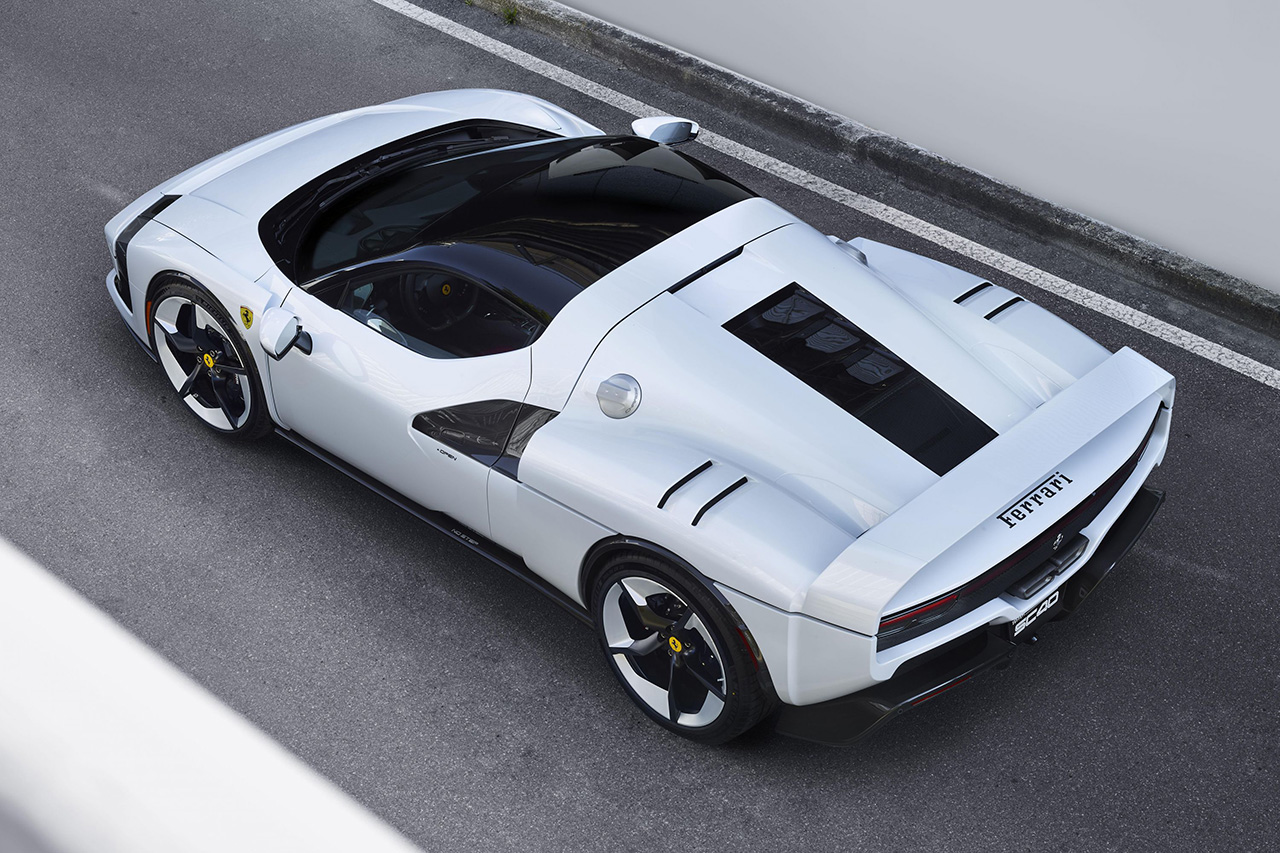
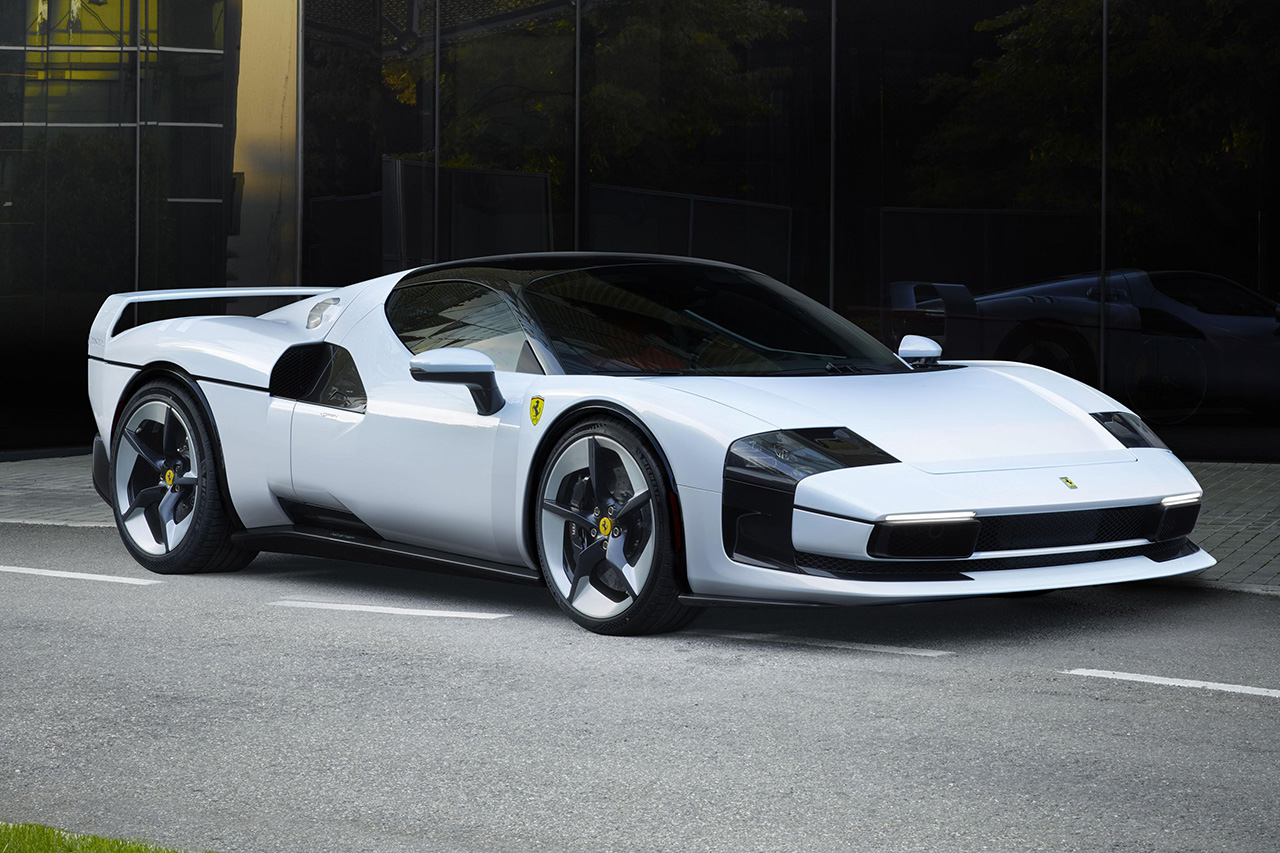
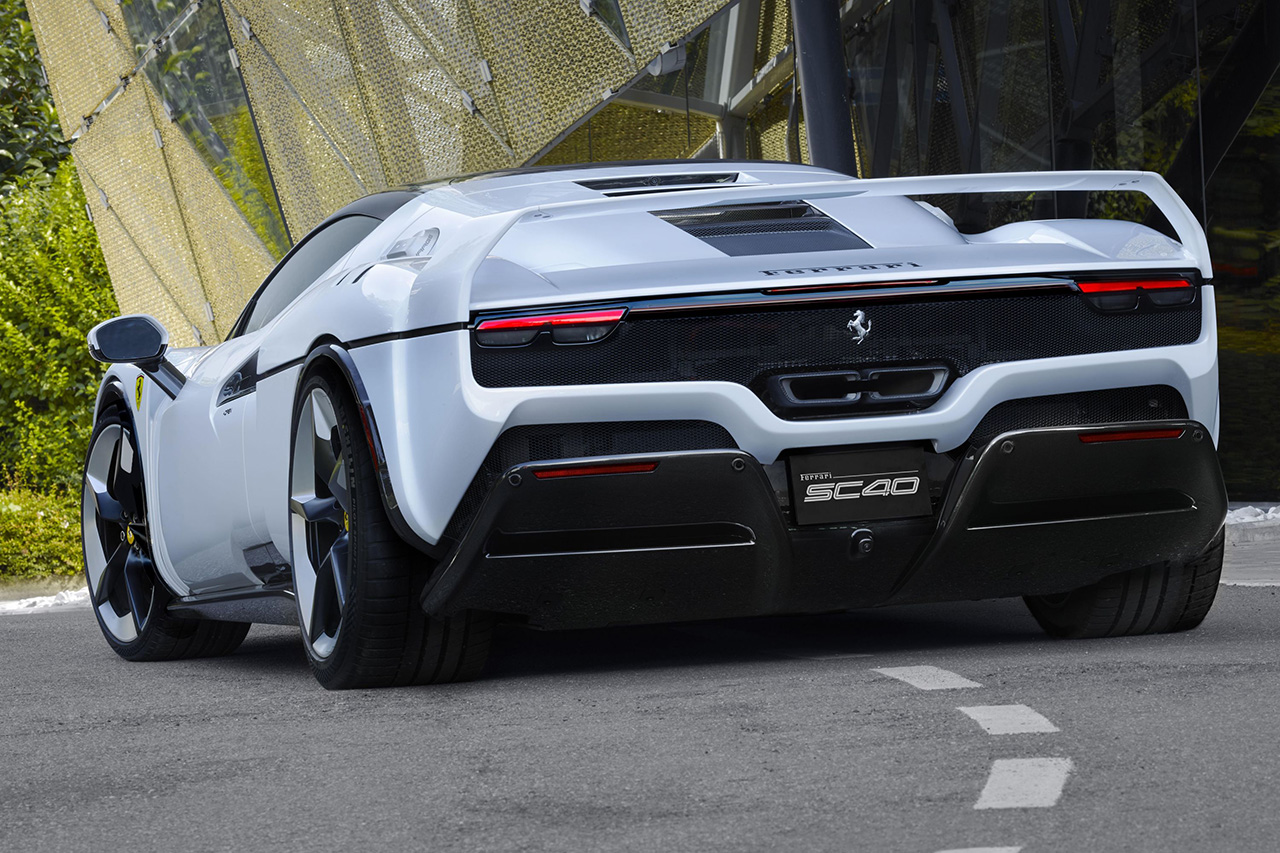
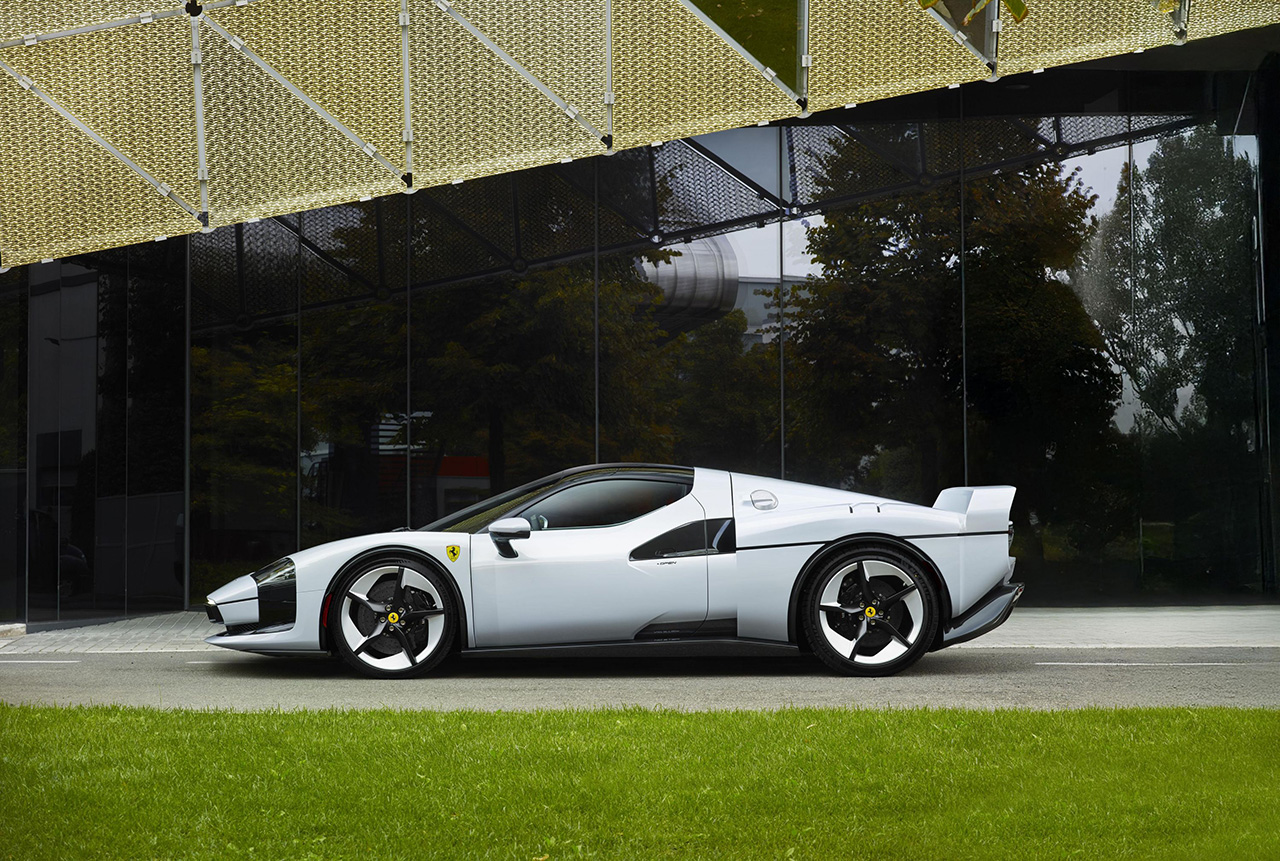
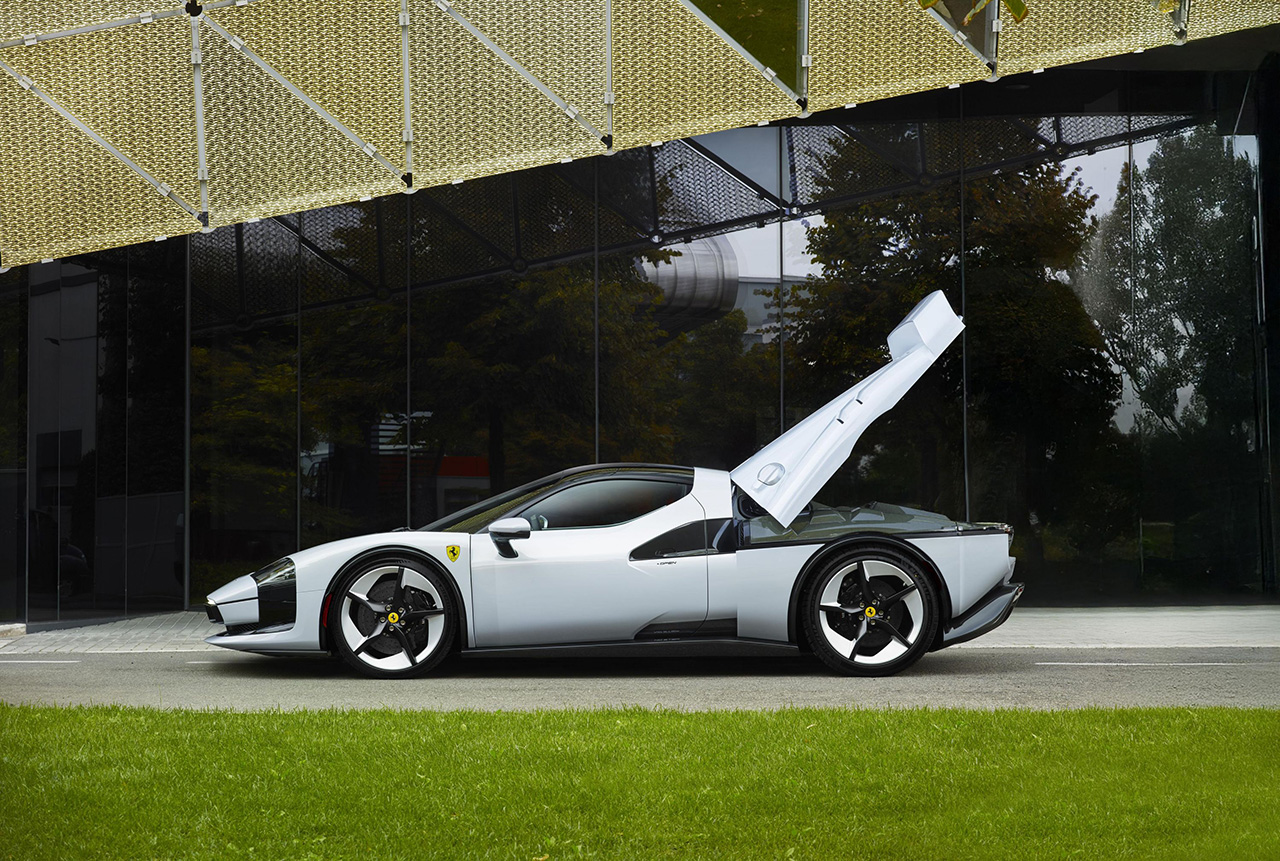
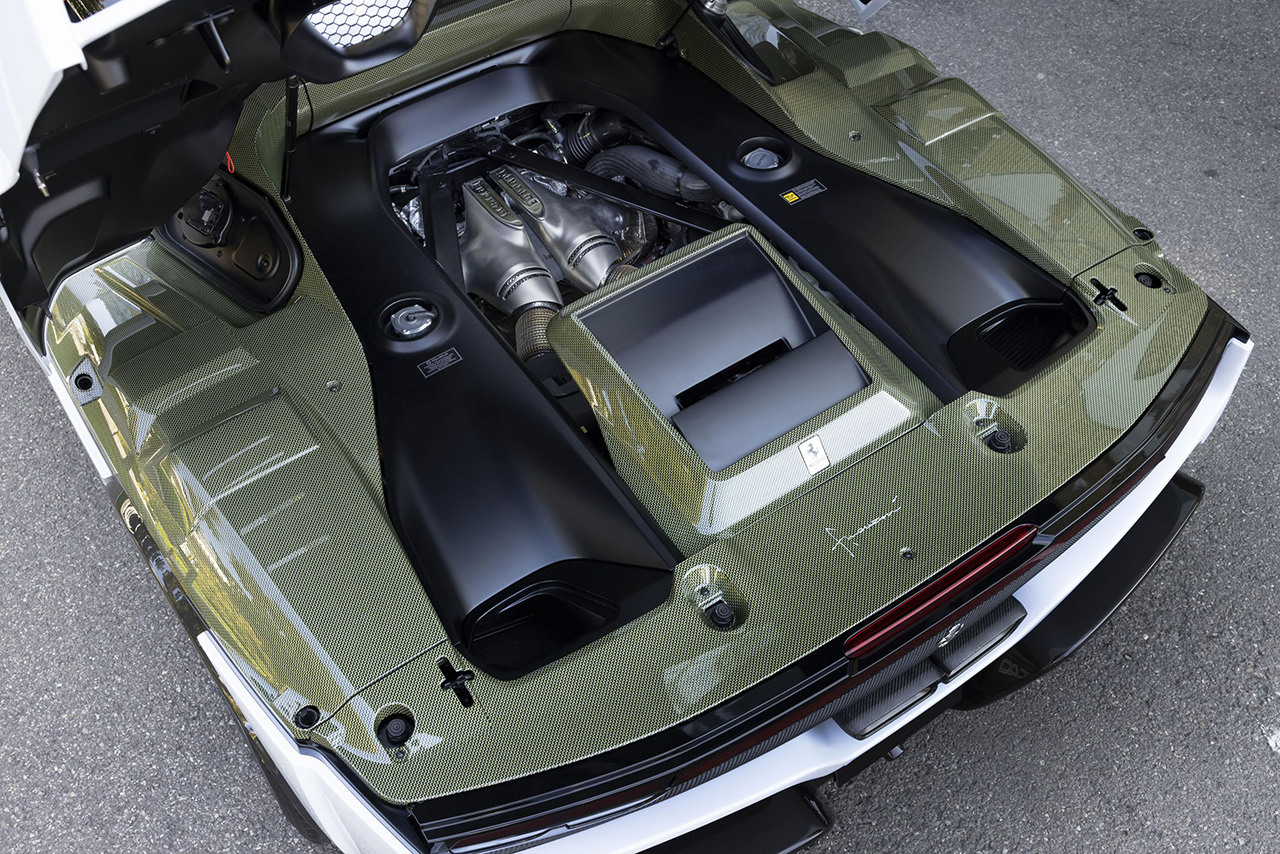
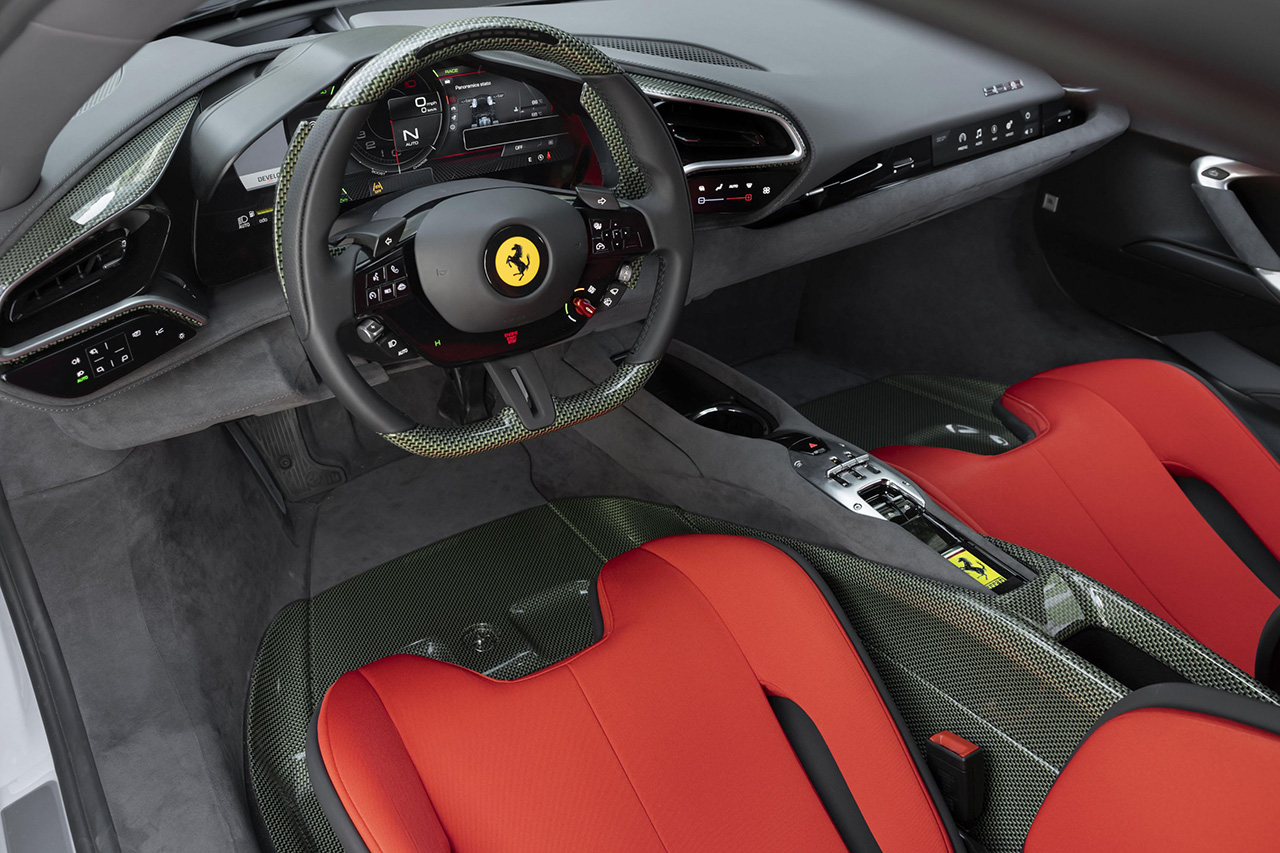
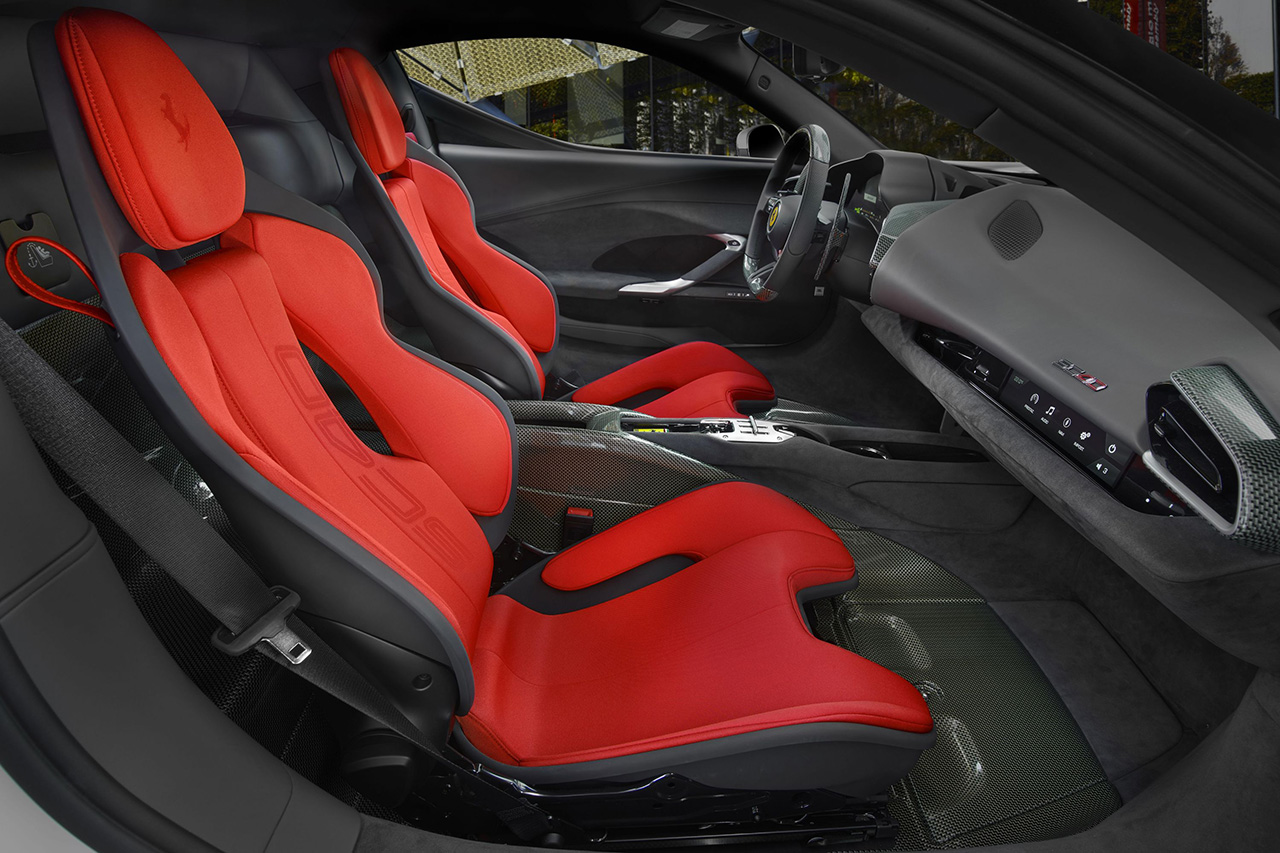
Source: CarExpert






















